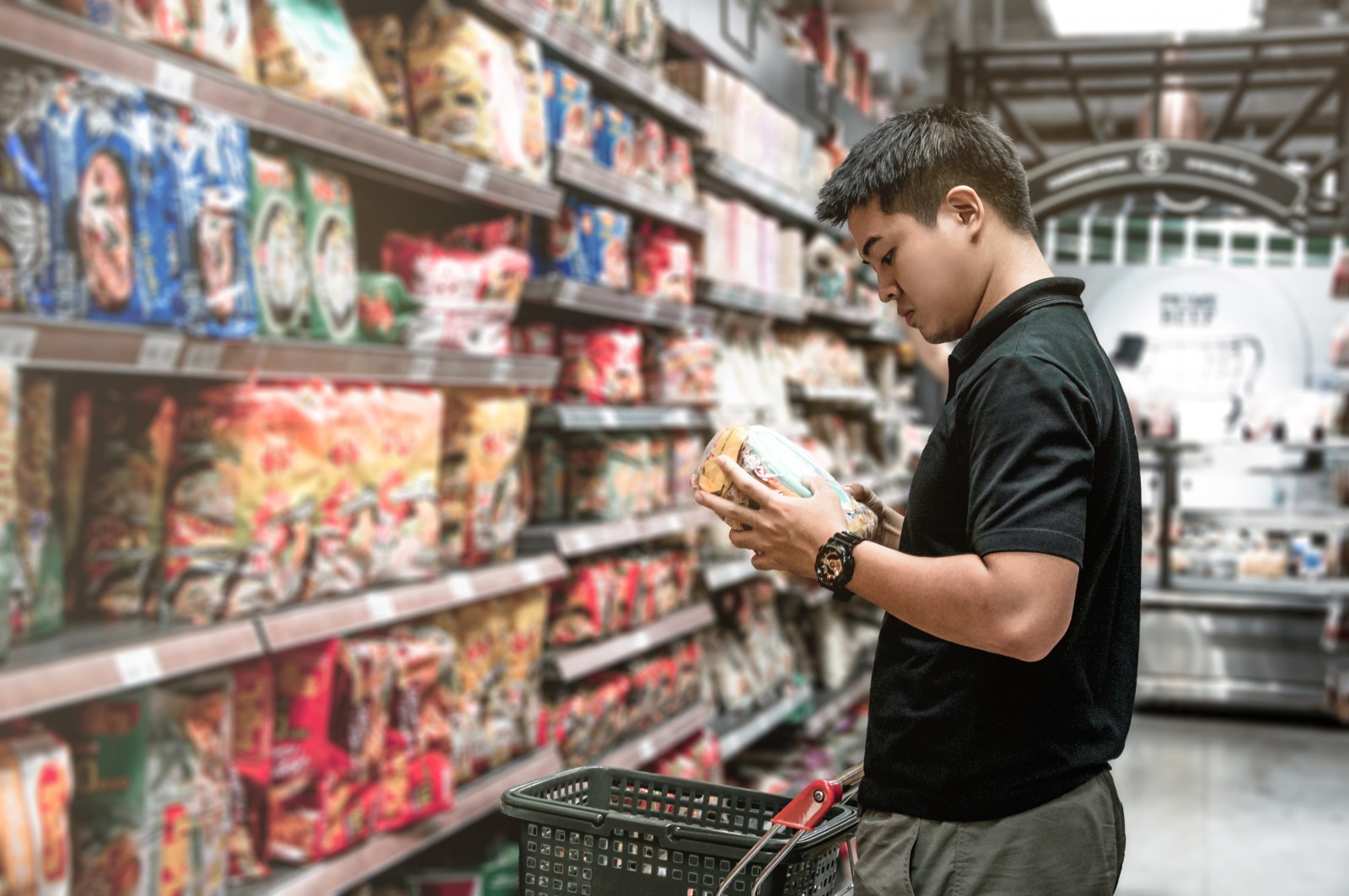How to Make your Brand Stand Out
Being a newbie in any industry is tough, most especially in the cutthroat world of food and bever-ag...

September 14, 2021
According to the Codex Alimentarius, the internationally recognized “Food Code'' of global food, processing, labeling, and safety standards by the Food and Agriculture Organization of the United Nations (FAO) and the World Health Organization (WHO), instant noodles are “a product prepared from wheat flour and/or rice flour and/or other flours and/or starches as the main ingredient, with or without the addition of other ingredients.” They “may be packed with noodle seasonings, or in the form of [a] seasoned noodle and with or without noodle garnish(s) in separate pouches, or sprayed on noodles and ready for consumption after [the] dehydration process."
Instant noodles were invented in 1958 by Momofuku Ando. They became a hit for their palatability, affordability, and sustainability. The launch of CUP NOODLES ® in 1971 further increased instant noodle’s popularity.
By the early 1990s, the annual global demand for instant noodles was estimated at 15 billion servings. Demand grew to 50 billion by the early 2000s. Five factors, attributed to inventor Momofuku Ando, that boosted its growth are affordability, convenience, longevity, palatability, and safety.
In the Philippines, market leader Monde Nissin introduced the brand Lucky Me! In 1989, starting with instant noodle soups. By 1991, the brand released Lucky Me! Pancit Canton, the pioneering dry noodle kit in the country. By 2014, Monde Nissin secured a market share of more than 60%. Other competing brands entered the market, including Nissin and Payless by Universal Robina Corporation, Quickchow by Zesto Corporation, and Ho-Mi by Uni-President.
From a global standpoint, the Philippines ranks 8th in terms of global demand. Here is the top 10 global demand ranking by the World Instant Noodle Association (WINA) and their corresponding consumption (in millions of servings) for 2019:
The same report revealed that 106.4 billion servings of instant noodles were consumed in 2019. Taking 8 spots in the top 10, Asia remains the biggest consumer of instant noodles. Among the variations available globally, these are most in-demand, based on their broth:
In terms of flavorings and seasonings, these are the top trends:
Among specific brands, Asian instant noodles are also more in demand. From rankings presented by publications such as the New York Times (2020), Los Angeles Times (2021), and Serious Eats (2019), brands from Indonesia, Japan, Korea, Thailand, Singapore, Malaysia, and Hong Kong have secured top spots. These include:
As for Philippine instant noodle brands and products, the potential remains high, especially as local variations become further introduced to the global market. Among the flavors being recognized already are Bulalo (beef and bone marrow) and Chilimansi (spicy and citrusy). Manufacturers have already expanded their export capabilities, with Monde Nissin reaching 50 countries already. The challenge now is to entice foreigners (on top of Filipinos living abroad) and make them realize that Philippine instant noodles are on par with those from its neighboring countries.
Check out these food fusions between Filipino and Middle Eastern cuisines
The unending quest for healthy and sustainable food amid changing lifestyles
A quick look at the Philippine food staple often getting a bad health rap